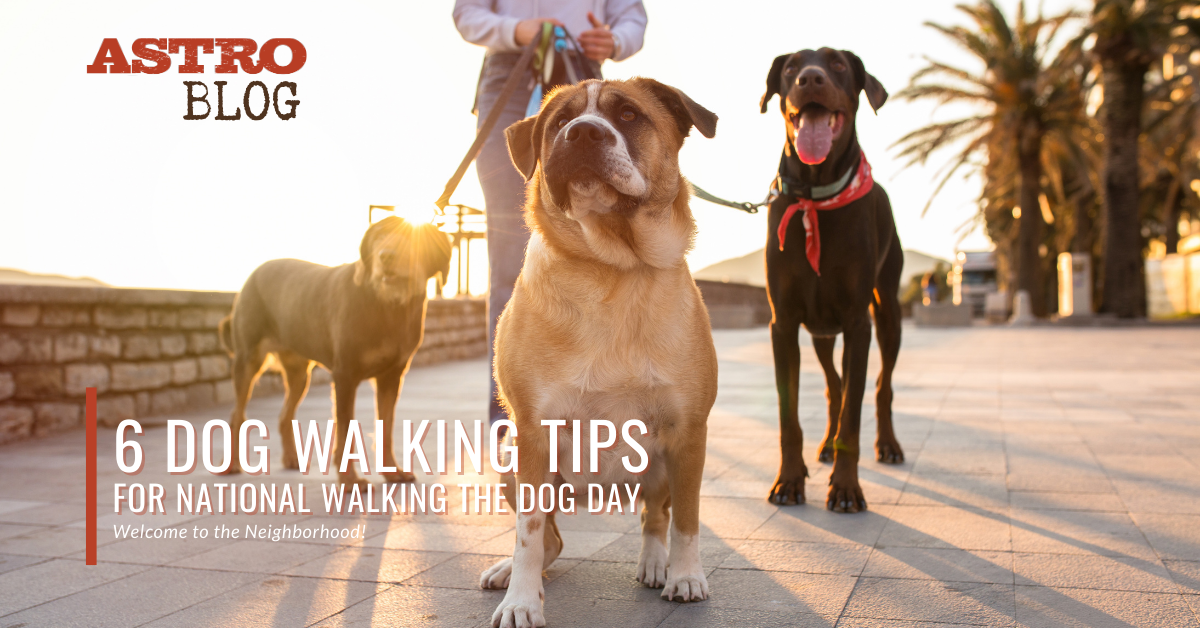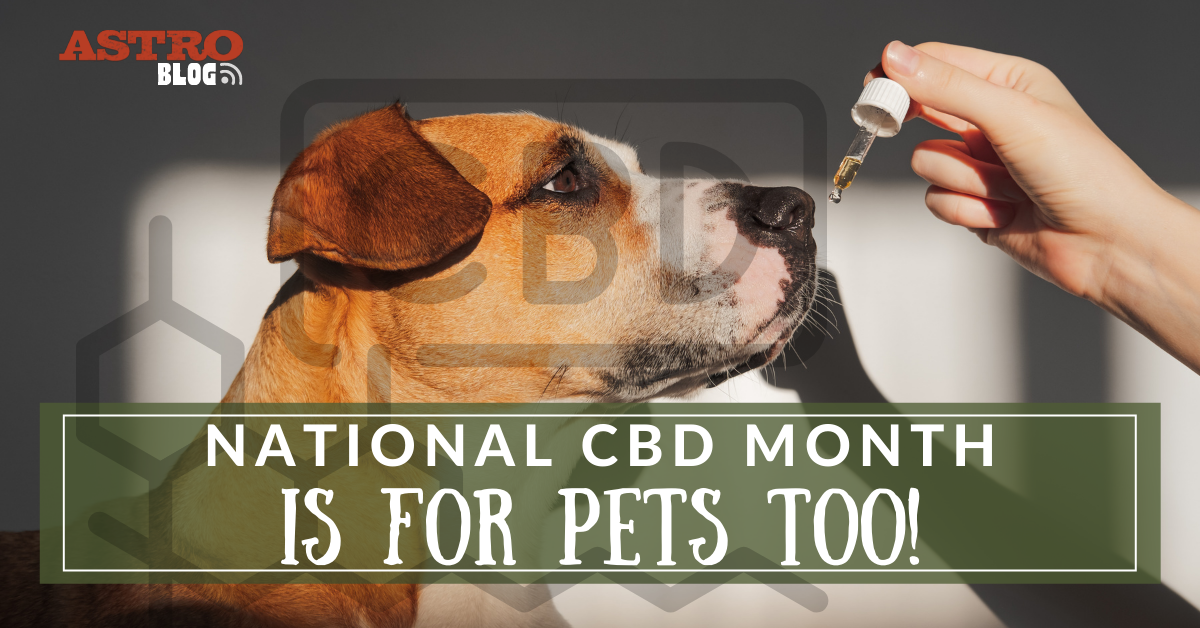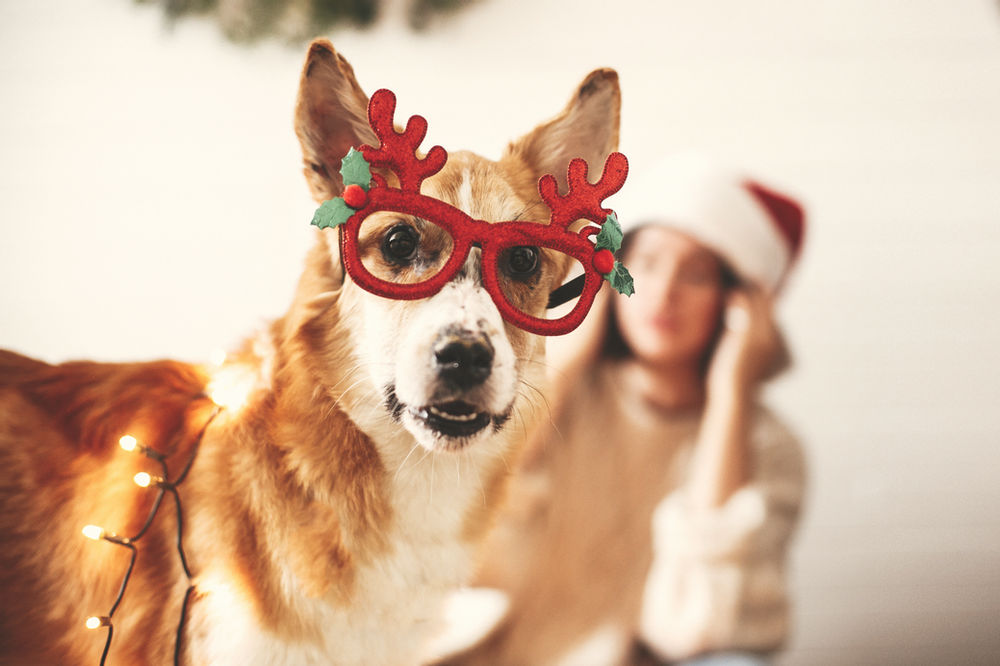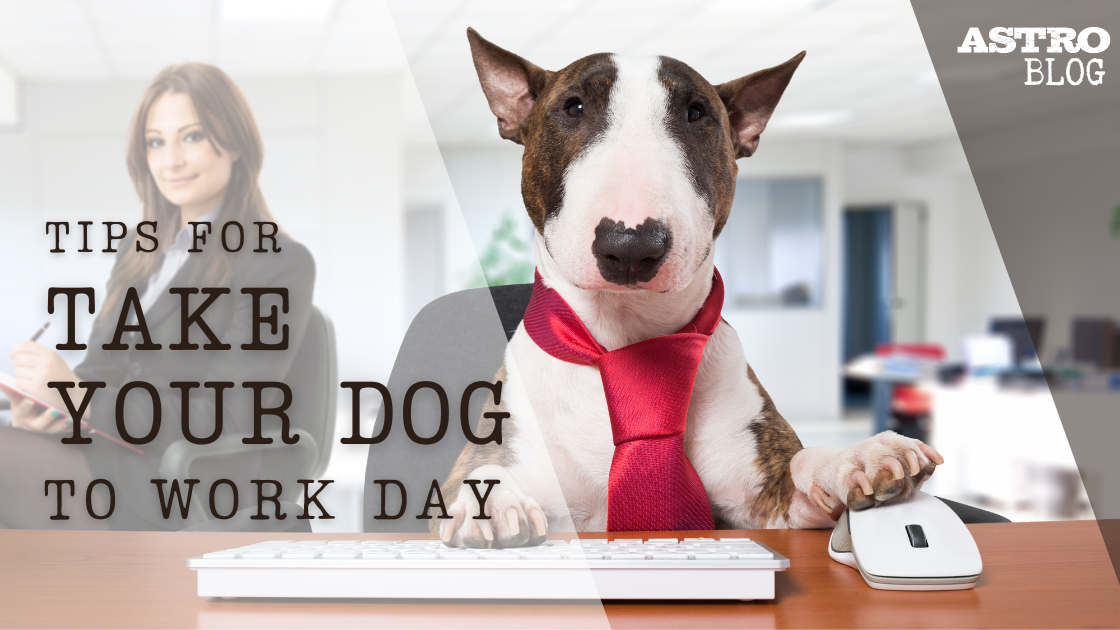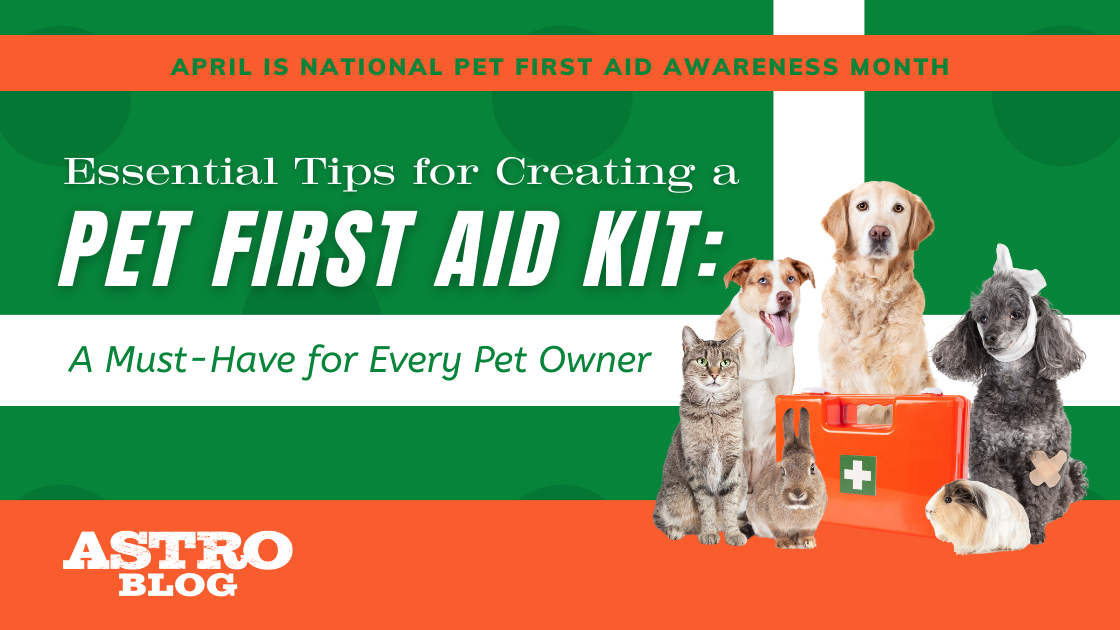The best part of your dog’s daily routine is spending time with the person he loves the most in the whole world–you! All it takes to get him excited is the jingle of the leash and the simple phrase every dog loves to hear: “Walk time!”
National Walking the Dog Day falls on February 22 this year. While this holiday may not seem like a huge deal to most people, any pet parent knows how much it means to their dog.
However, while dogs love walks (as they do most things), sometimes they can be frustrating for us humans, especially when they end up walking us.
What better way to celebrate Walking the Dog Day than to learn how to make them more enjoyable for both of you? We’ve gathered our top six dog walking tips to make your next walk together a little easier (and more fun).
1. Let Your Dog Follow His Nose
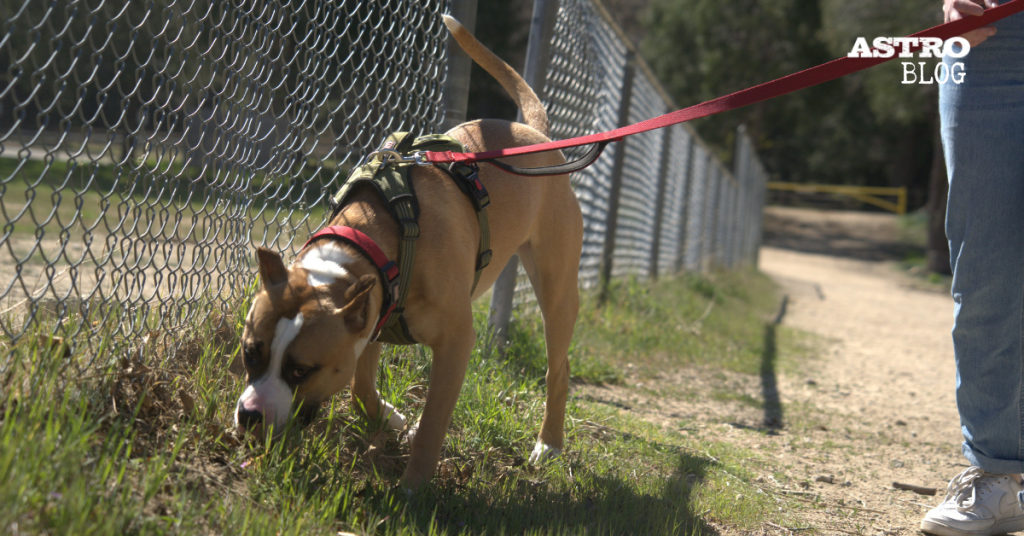
A dog’s sense of smell is a huge part of how they interact with the world around them. While we humans only have around five or six million scent receptors in our noses, dogs can have up to 300 million. Dogs experience their surroundings through scent. When you drag them away from an interesting scent or make them heel the entire walk, it deprives your pup of the mental stimulation walks are supposed to provide.
If you feel like your dog stops too often for sniffing sessions, train your dog during walks to redirect his focus. Teach cues like “Leave it” and reward periods of leash walking by stopping to give your dog time to sniff around.
2. Limit Leash Pulling
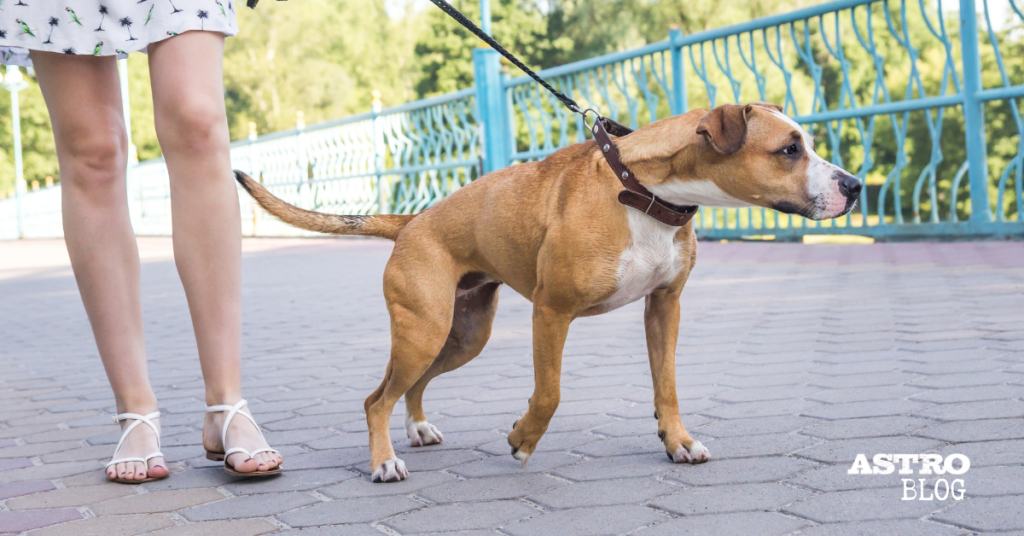
A common mistake many pet parents make is tugging on the leash. Constantly pulling on the leash to drag your dog away will get you nowhere. Dogs have an opposition reflex, meaning that if you pull on the leash, they’ll also pull against it. A dog pulling isn’t being stubborn; it’s simply the way his body responds to being tugged.
Pulling on the leash repeatedly will lead to an injured neck or throat, and it’s frustrating for both you and the dog to constantly be pulling. Of course, you don’t want your dog to be in charge, and there are, luckily, other ways to teach them good behavior during walks.
- If you use a retractable leash, you should also equip your dog with a front-clip harness to limit pressure on his throat and neck. When you retract the leash, your dog is tugged backward, and if the leash is clipped to its neck, it can hurt your dog and even lead to breathing issues over time. A clip harness will solve this problem.
- Practice teaching your dog to walk with a loose leash (a leash that droops in a “J” shape). Train your dog to only walk when the leash is slack. If they start pulling, stop walking. Have them sit or come to you, and reward them with a treat or praise. This will keep your dog more attentive to matching your pace and limit pulls on the leash.
3. Come Prepared
You should always bring a few things with you before heading out on a walk with your dog. You should always make sure you don’t forget to bring along these essentials.
- A spare leash or collar in case yours breaks
- Dog treats for training and reinforcing good behavior
- Poop bags; don’t be that one person who never picks up after their dog!
- Add emergency contact information to your phone, including your vet. You can add emergency contacts on both iPhone and Android. Doing this will allow emergency personnel to reach your contacts without having to unlock your phone.
- Collapsible water bowl and water for your dog
- Citronella spray to prevent a dog fight or animal attack (citronella is a kinder, safer alternative to pepper spray)
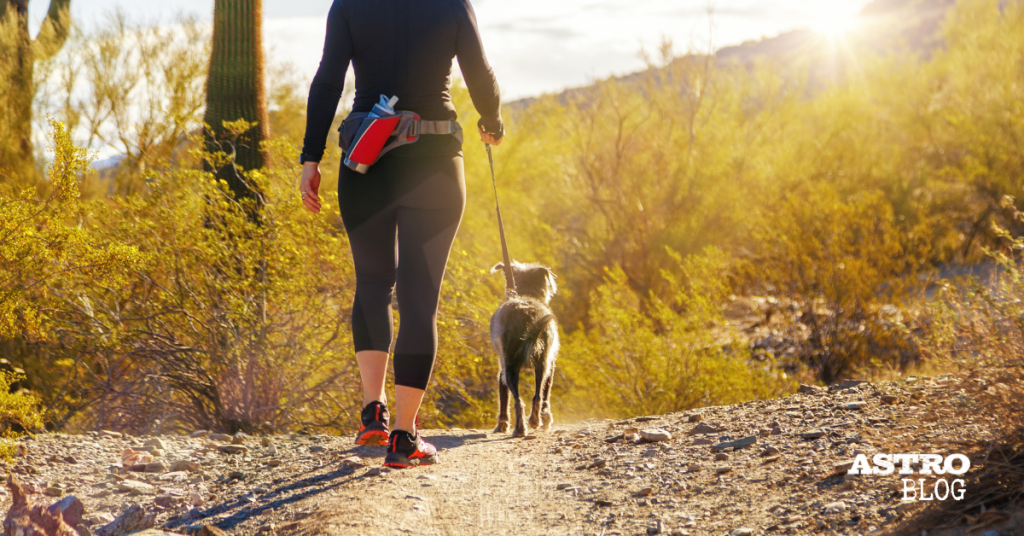
4. Know Your Dog’s Needs

Different breeds of dogs require different levels of exercise. A stronger, more energetic dog will benefit the most from long walks. Other smaller breeds can get by with short daily walks. Make sure you research your breed of dog to know what works best for them!
Age is also an important factor. Puppies can only walk for short periods of time before they get tired. You also need to be mindful of your walk length with senior pets, who have less stamina in their old age.
5. Try Walking Somewhere New
You don’t have to limit your walks to the neighborhood block. Take your dog walking somewhere new, like a hiking trail or a public park. If you go the route of walking on a trail or nature reserve, make sure you bring a doggy first aid kit with items such as tick spray, booties, and a cooling vest. Wherever you choose to walk your dog, make sure they allow pets and keep your dog leashed.
Another great way to both exercise and socialize your dog is by going to a dog park! As long as your pup does well with other dogs and is old enough to go (four months old at least), you’ll both have a great time.
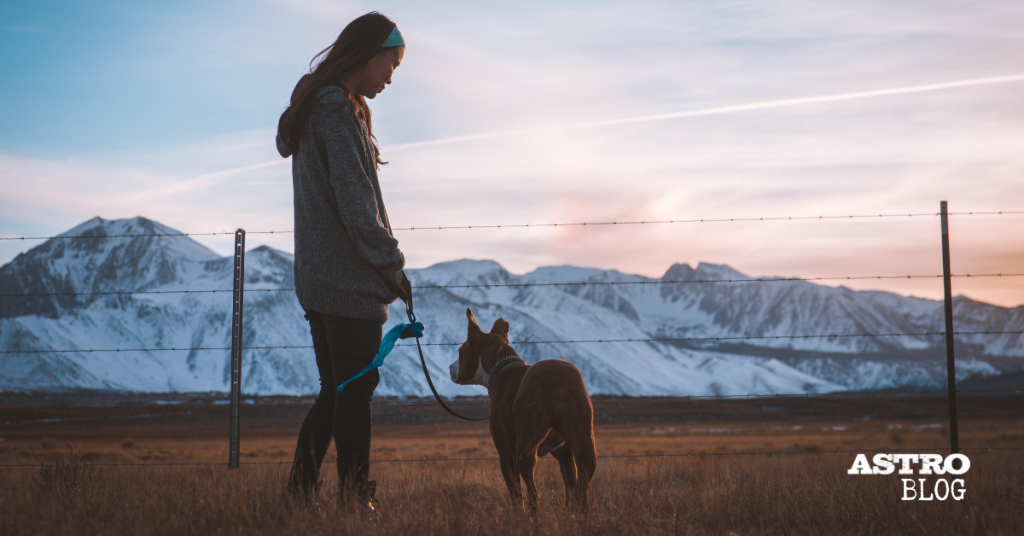
6. Get Your Dog Microchipped
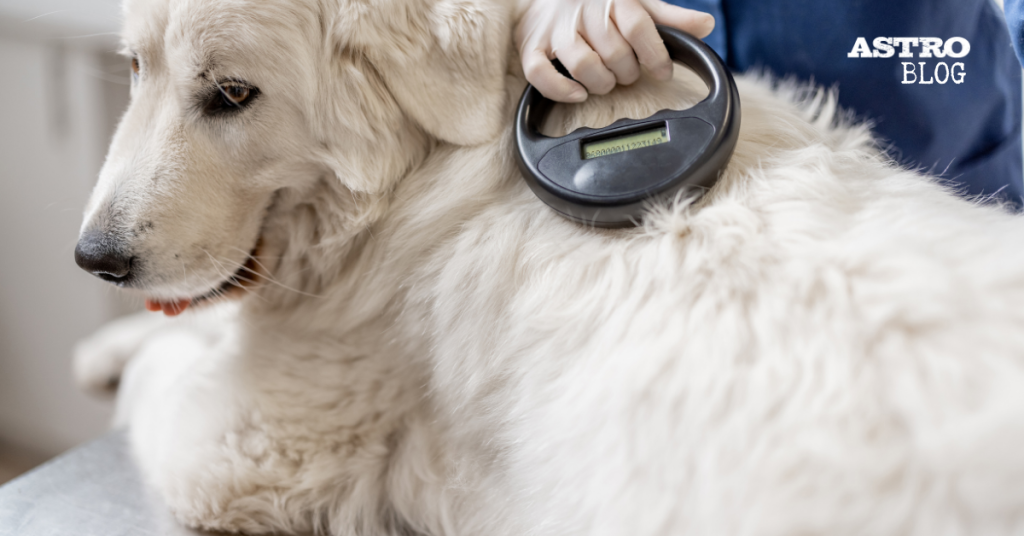
The importance of getting your dog microchipped can’t be stressed enough. Nobody wants to think about what would happen if they lost their dog while walking, but just in case it happens, it’s crucial that your dog is able to be identified as yours and returned to you. This way, even if they get lost or wander away, they can still be returned to you. Getting your dog microchipped is as easy and quick as a routine vaccine. Contact your local vet to schedule an appointment for microchipping.
Enjoy National Walking The Dog Day!
We hope you’ve enjoyed these six dog-walking tips. If you take anything away from this, it should be that all it takes to be a great dog walker is a little patience and preparation. Although most people walk their dogs every day, you can still celebrate Walking the Dog Day by taking your dog to a special location, or buying a new leash or collar for the occasion! If nothing else, take the time to think about how you walk your own pet. Are there any areas you could improve? Do you have any more tips for dog walking? Let us know in the comments below!


